Satya Nadella wants to build “the new forms of computing” for consumers, see Windows 10 as an OS “for all of your devices”
5 min. read
Published on
Read our disclosure page to find out how can you help Windows Report sustain the editorial team. Read more

It’s been a little more than three years since Satya Nadella became the new CEO of Microsoft, and you can tell that the former EVP of Microsoft’s Cloud and Enterprise group has already left his mark on the company. Under Nadella’s reign, we’ve seen the Redmond giant successfully introduce Windows 10 and “Windows as a Service,” double down on Office 365 and Azure, and turn the young Surface division into a billion dollar business.
Microsoft stocks were also recently trading at all-time highs, something that Nadella is probably very happy about. Overall, the new CEO has good reasons to be proud of what Microsoft has achieved over the past three years, even though the poor state of Windows Phone is still an obvious black mark. But if this can reassure you, Nadella is already looking at what is coming after the smartphone revolution.
Today, the folks at Business Insider published a lengthy interview of Nadella where the CEO discussed the past, present, and future of Microsoft. The full piece is well worth a read, especially the forward-looking bits. But before getting to that part, Nadella explained his vision of leadership, which he sees as the art of articulating new ideas, capabilities, and culture:
One of the key things in the tech business in particular is that you need to be able to push boundaries. In other words, for example, when you’re a successful company, you have this amazing lock between the idea, concept, your capability and culture. If you are successful, that means you’ve gotten the idea right, you’ve built right capability to go after that idea and your culture reinforces it.
Now, the challenge is that at some point, the concept needs to be replaced by a new idea. Otherwise, how do you renew yourself? And in order to build a new concept, you need to build a new capability and that’s where your culture can get in the way. So one of the key challenges of leadership is to be able to recognize: When is the time to push for new ideas, and how do you build new capability long before you even have a new idea?
To illustrate this, Nadella gave the example of Microsoft hiring silicon engineers years ago, who later went to work on breakthrough innovations such as HoloLens or the FPGA (Field Programmable Gate Array) chips that Microsoft now uses in its data centers. “It’s one of the fundamental challenges of leadership and you got to get it right: you can’t be too far ahead, you can’t be too far behind. To be able to yet see those corners is all it is about,” added Nadella.
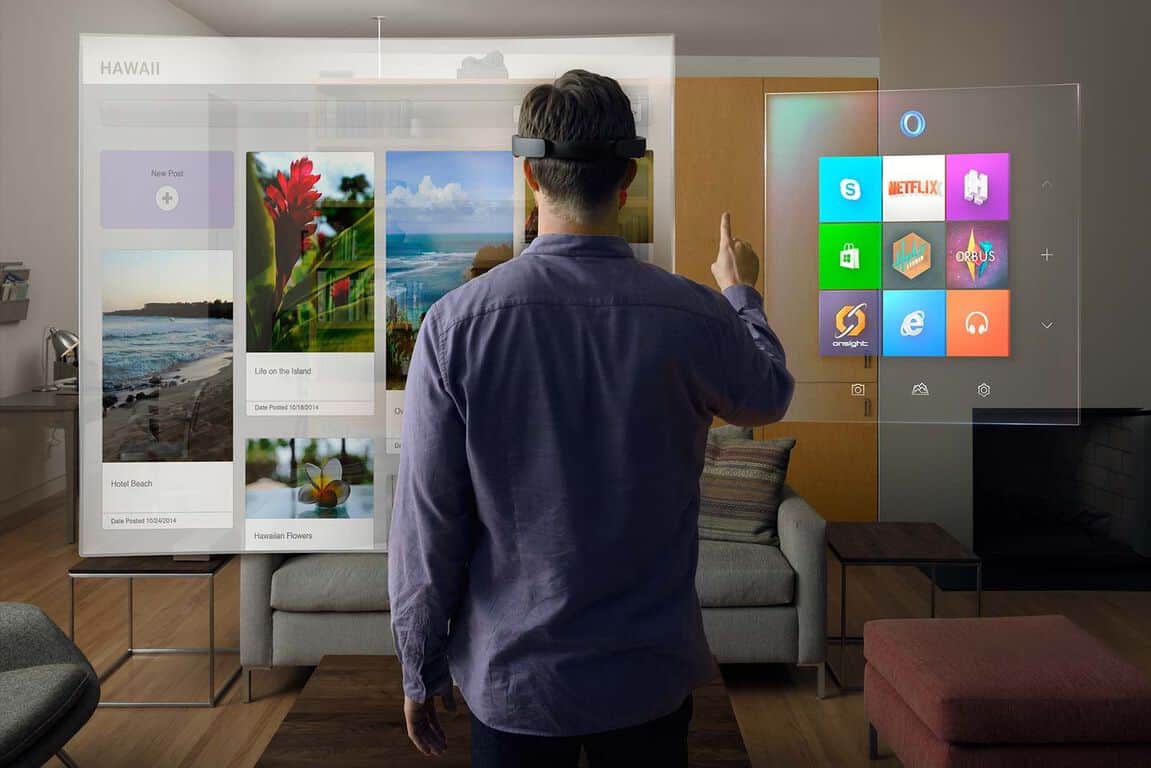
The CEO also had some interesting words about future computing devices, explaining that Microsoft definitely participates in this conversation. And more importantly, Nadella thinks that the future of computing is having different devices that work in synergy:
We were excited to create the 2-in-1 category, which is the fastest-growing amongst PCs. We are very excited about Surface Studio and what it means to reimagine what the desktop computer is. We are also very excited about Surface Hub as a computer for meeting rooms, of course also about HoloLens and the whole mixed-reality world. So for me the new forms of computing is what we want to build for consumers. But it is important that, instead of thinking that each one of these works as an independent computer, we think they have to form a fabric of devices for you.
What does this mean for the future of Windows 10? “When we talk about Windows 10, it’s not about a device operating system anymore, it’s an operating system for all of your devices,” explained Nadella. “That’s how we’re trying to not only tackle the innovative challenge of bringing new things to life, but also deal with the social complexity of a lot of devices in your life,” he added.
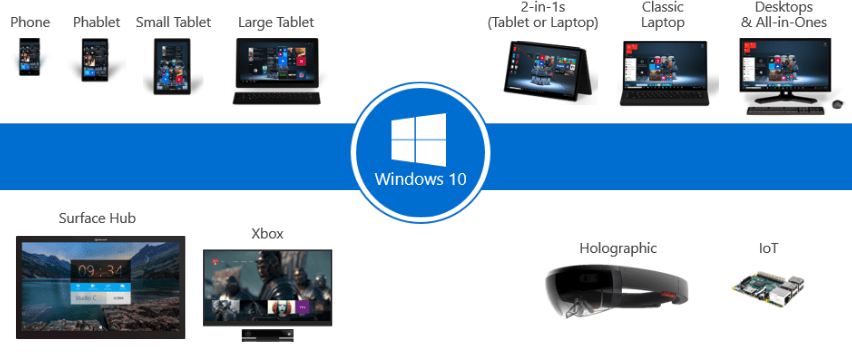
There are 400 million devices running Windows 10 as of today, but it’s safe to assume that most of them are PCs. The phone user base is still very fragmented (the majority of users are still running Windows Phone 8.1), and you could even consider Xbox One consoles as part of a niche market. Nadella initially forecasted 1 billion devices running Windows 10 in 2018 before eventually backtracking, and it’s still hard to see how the ecosystem can continue to grow by just counting on PC sales.
There is still Windows 10 for IoT and Windows Mixed Reality, but we’re probably years away from mass market adoption. Microsoft is also developing its Connected Vehicle Platform for car manufacturers, but the company is completely absent in other markets such as wearables or smart TVs. So, could Nadella be thinking about new product categories? The CEO gave this optimistic statement:
Every time you think all the technology that had been created already, all you have to do is look around and then there’s someone new who’s born with a new idea. I can say one thing for sure: that there’s going to be more innovation in our lives than what has happened in the past.
In the coming weeks, the company is expected to unveil Windows 10 Cloud as well as a first Cortana-powered speaker from Harman Kardon. Build 2017 is also very close, and we should more learn about the company’s plans to push Windows 10 forward this year. We would very much like to share Nadella’s optimism for the future of technology, and we hope to hear some blockbuster announcements during this year’s Build developer conference.
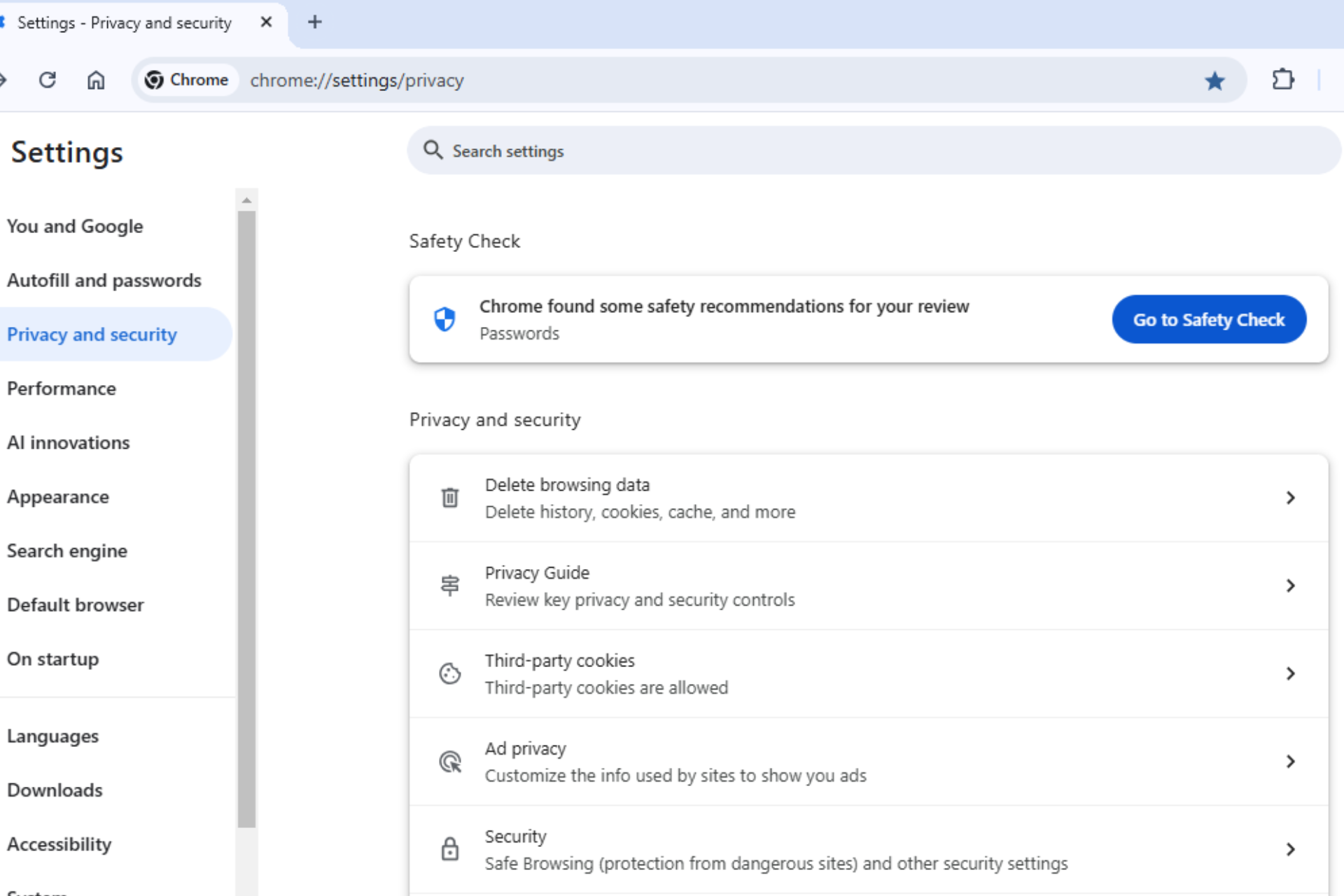
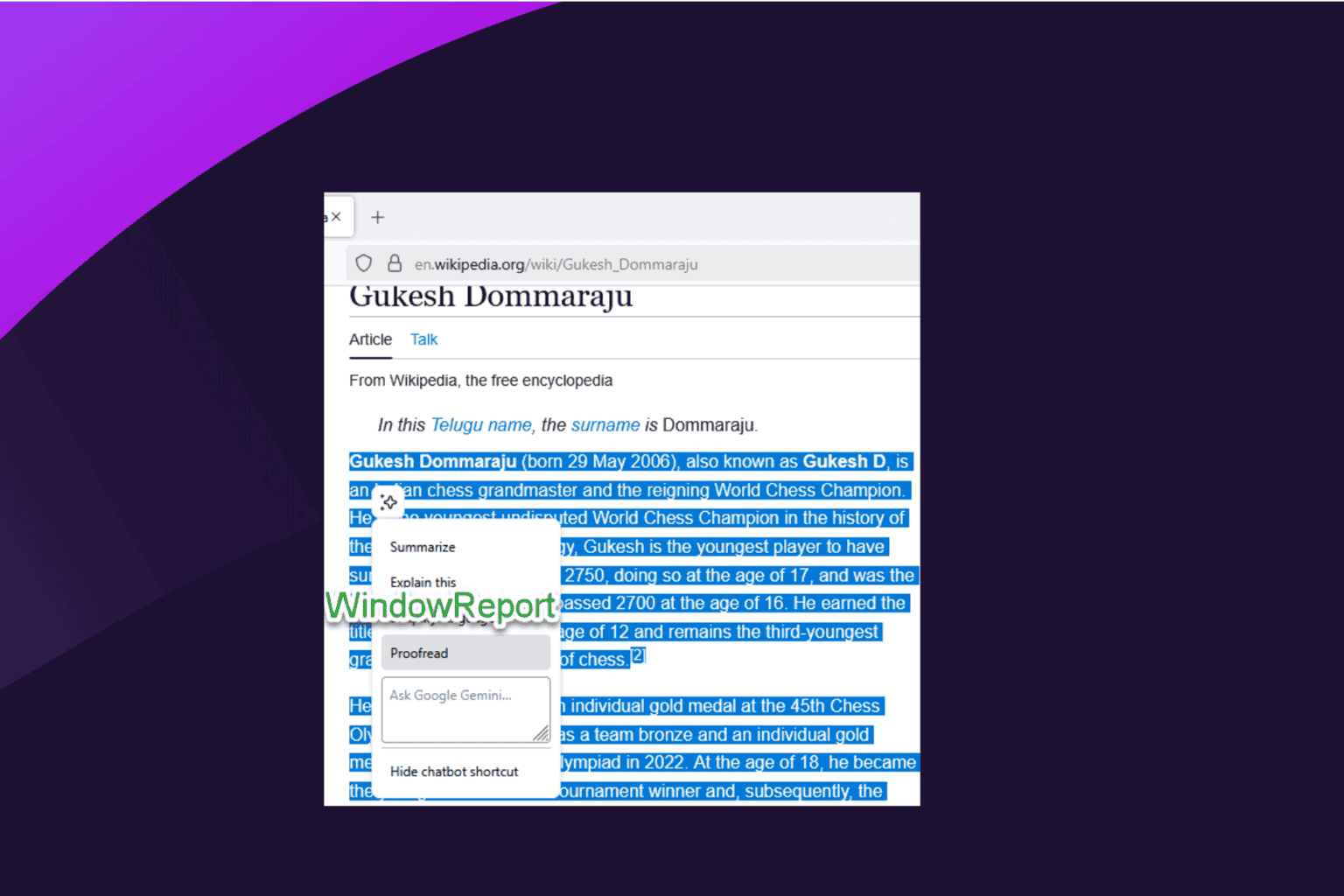
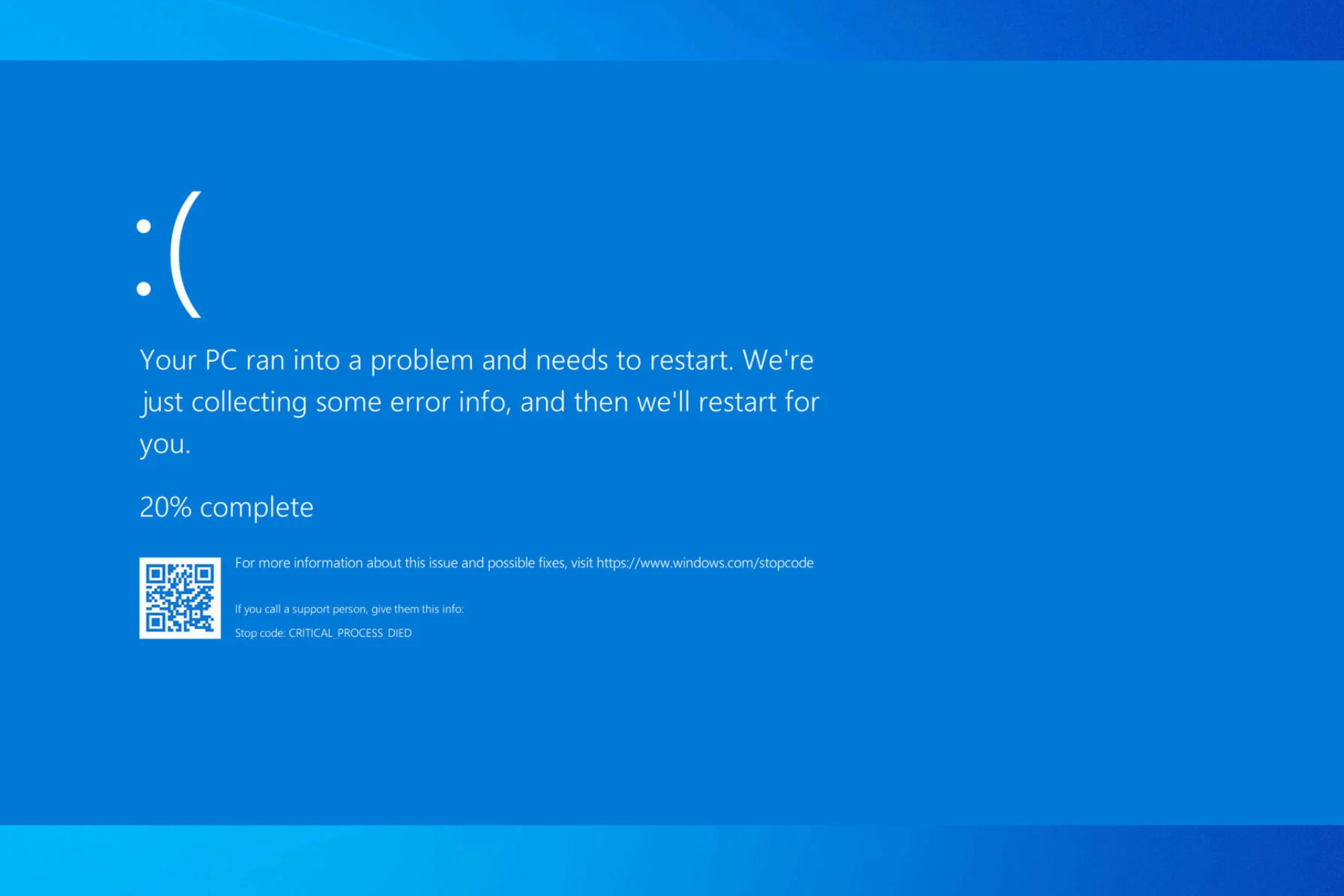



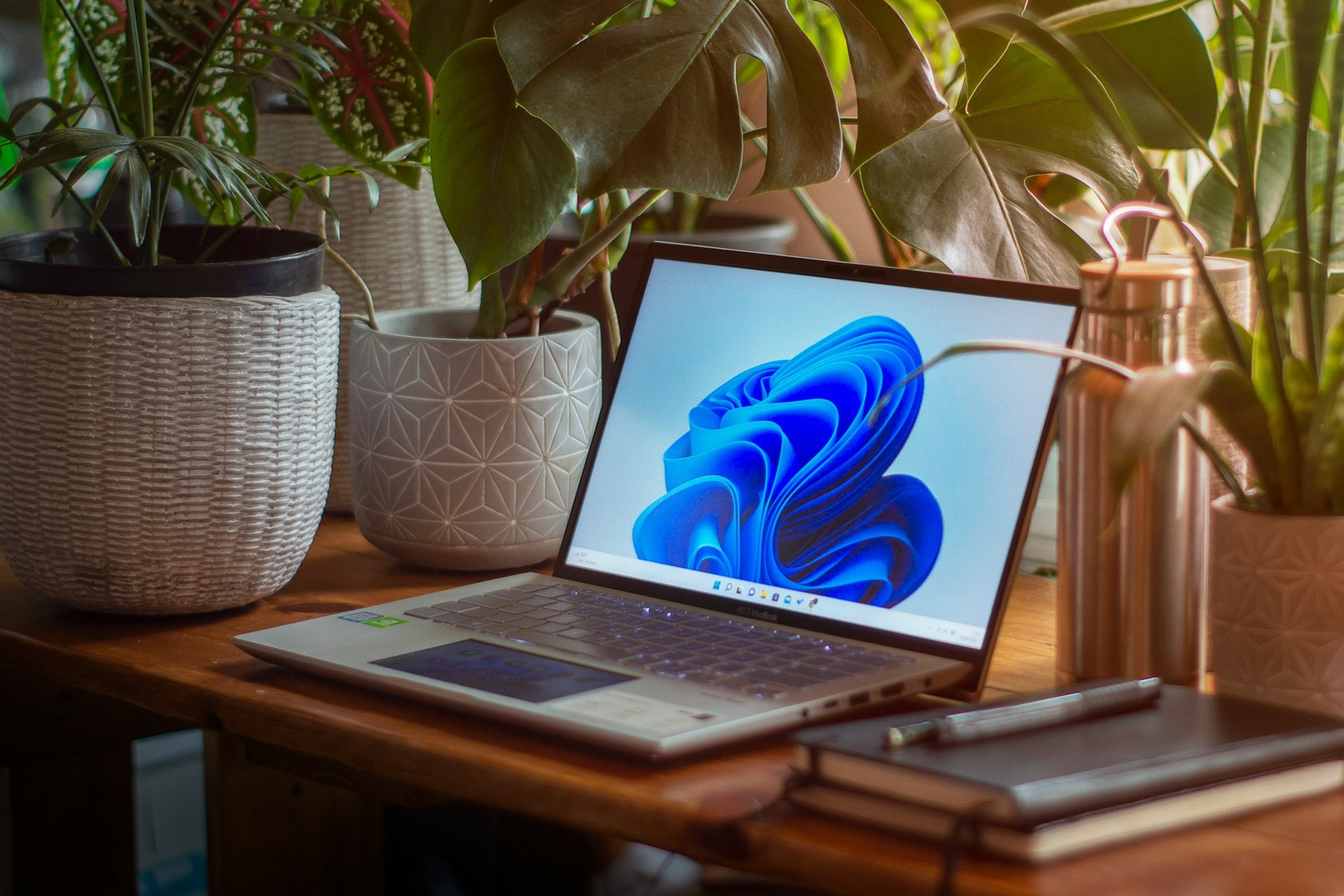

User forum
0 messages